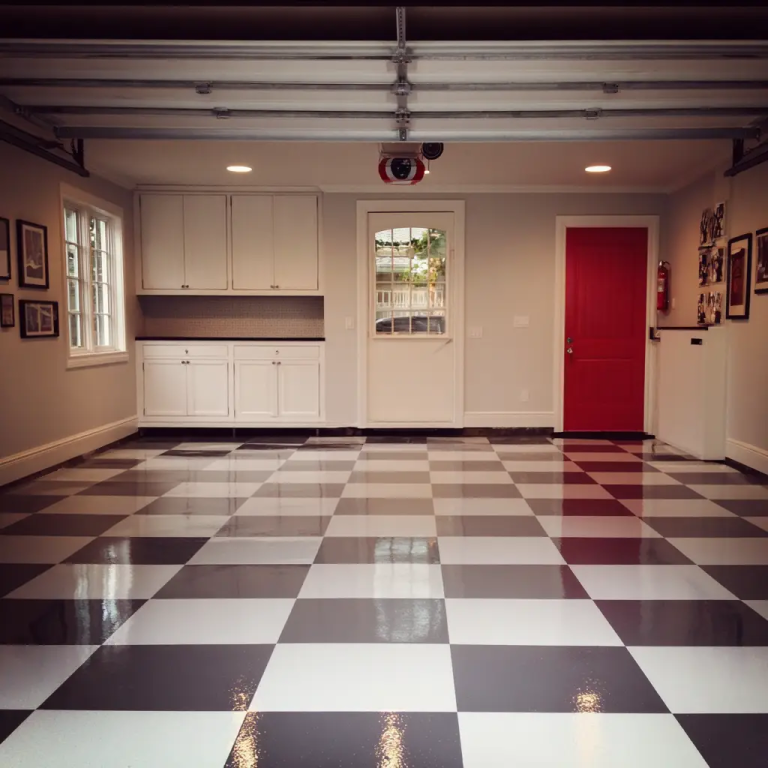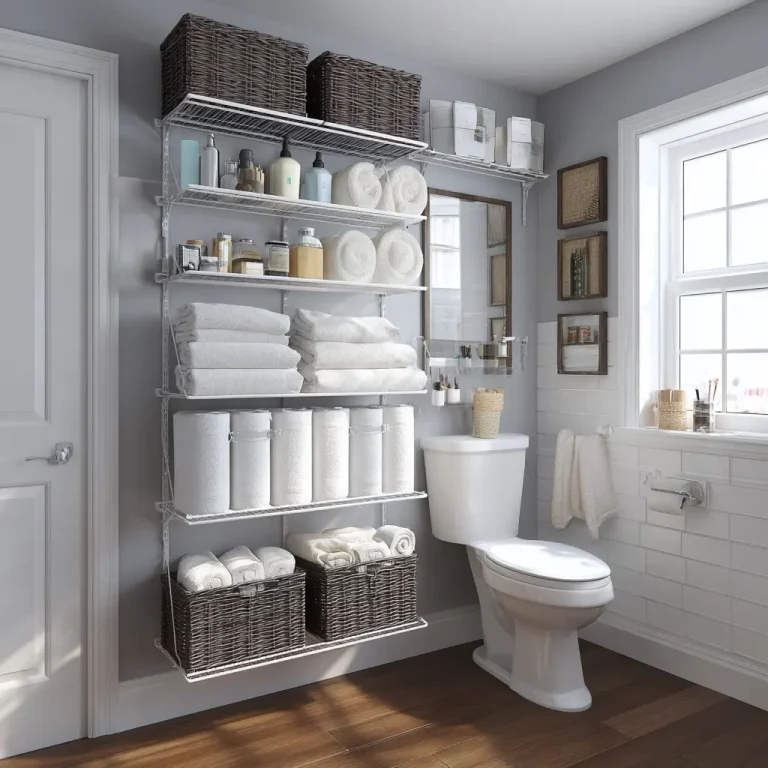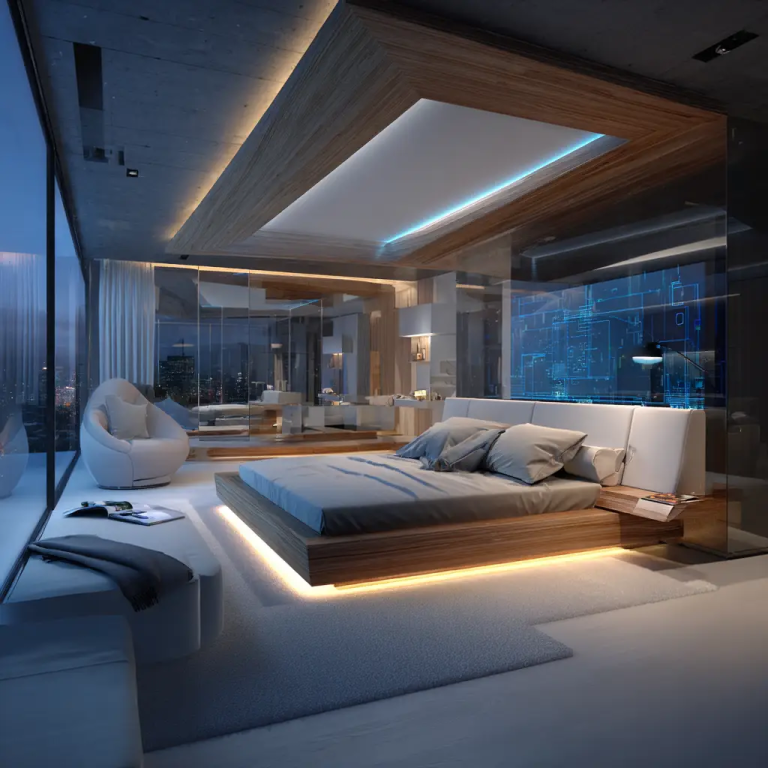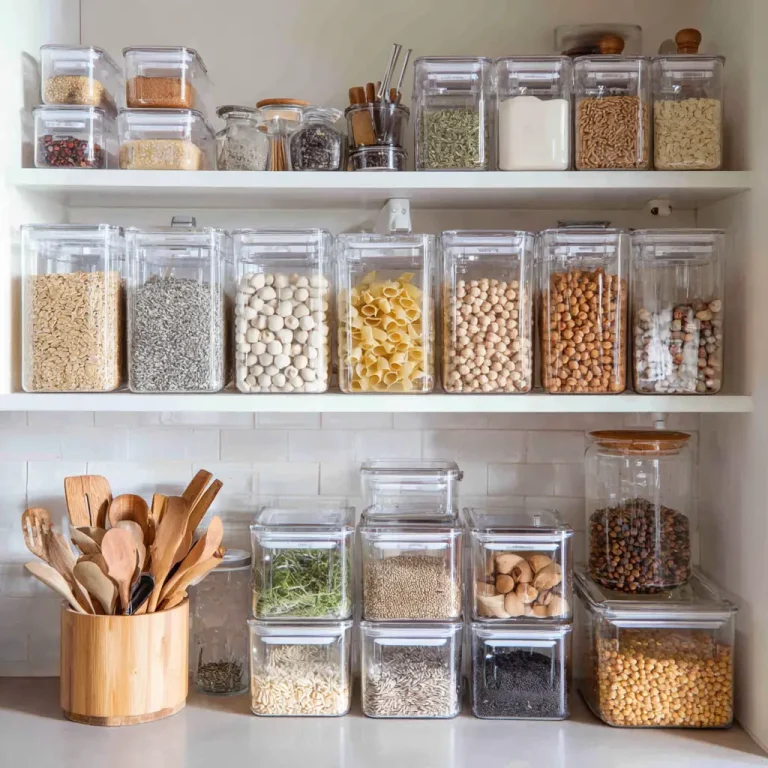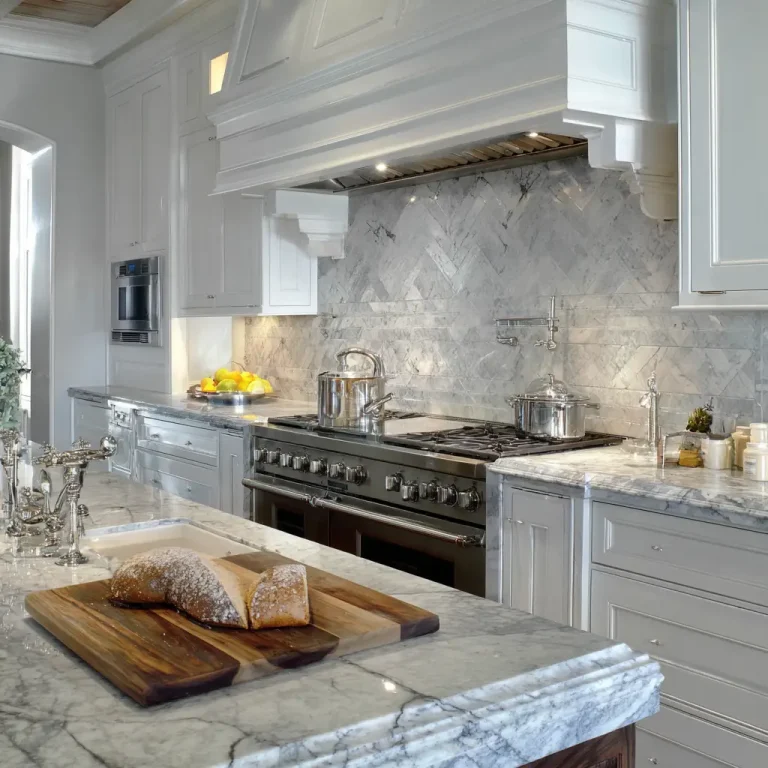21 Small Bedroom Ideas That Actually Work
Living in a small bedroom can feel limiting, but it doesn’t have to be. The key is to make smart, intentional design choices that maximize space and prioritize function. With a little creativity, even the tiniest room can feel spacious, cozy, and stylish. Whether you’re in a city apartment, a student dorm, or a compact guest room, these 21 small bedroom ideas will help you transform your space into a comfortable and well-designed retreat.
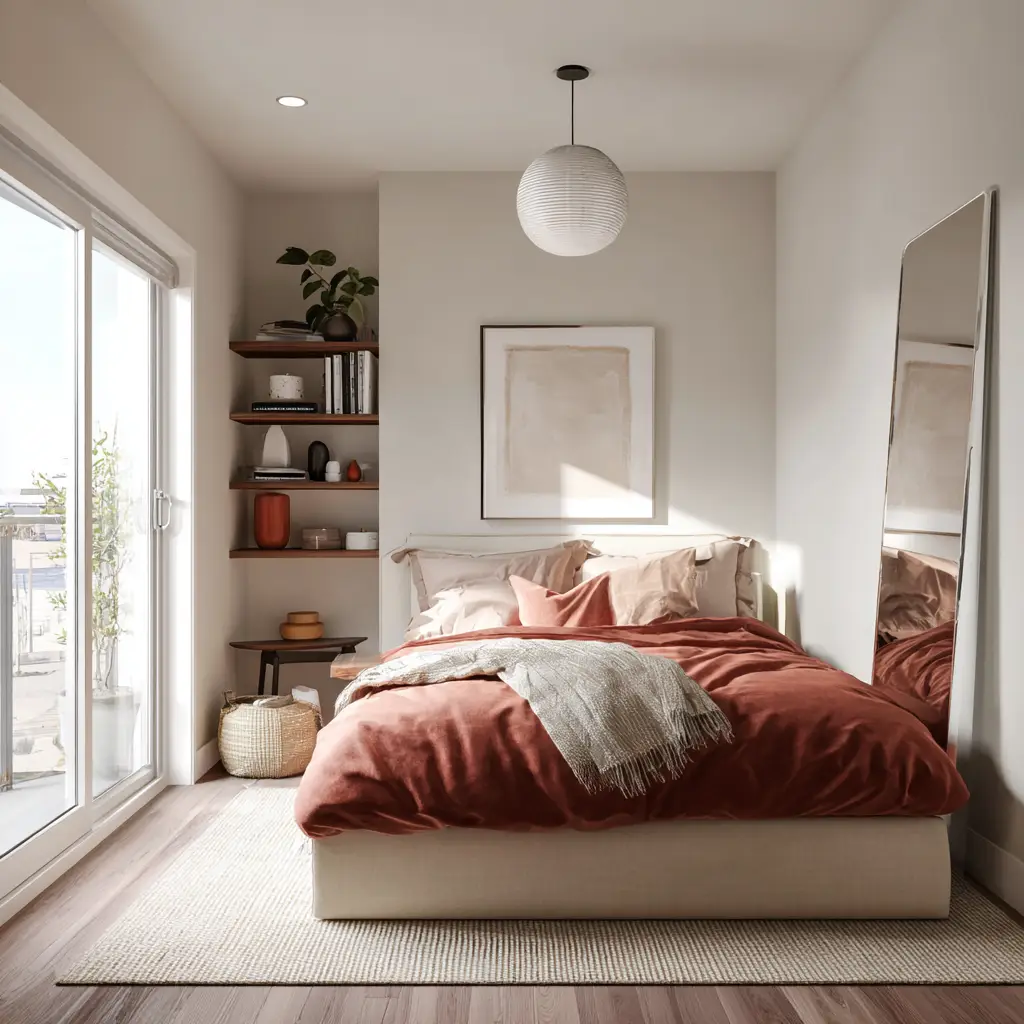
1. Use Light Colors to Open Up the Space
Light colors reflect more natural and artificial light, which helps make a room feel more open and airy. Shades like soft white, pale gray, and beige visually expand the space and create a calming atmosphere. Painting the walls, ceiling, and trim in a uniform light tone removes harsh transitions that can box in a small room. You can also add soft pastel accents—like a blush pillow or mint green artwork—to give the room personality without overwhelming it.
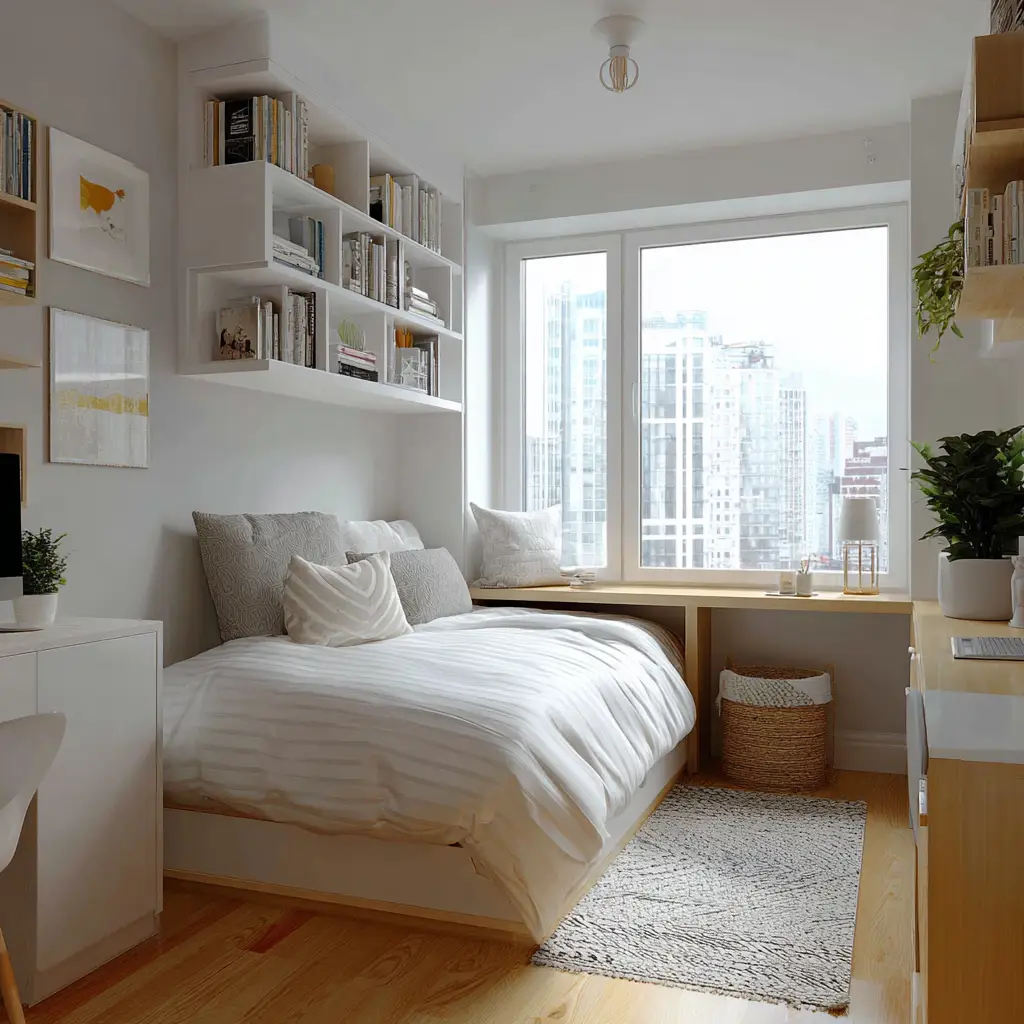
2. Opt for a Low Bed Frame
Low-profile beds, such as platform beds or simple floor mattresses, help create the illusion of higher ceilings. In a small space, avoiding bulky headboards or tall footboards can make the room feel less crowded. You’ll also be surprised how much more vertical openness you gain just by keeping your bed closer to the ground. For extra functionality, look for models that still include under-bed storage.
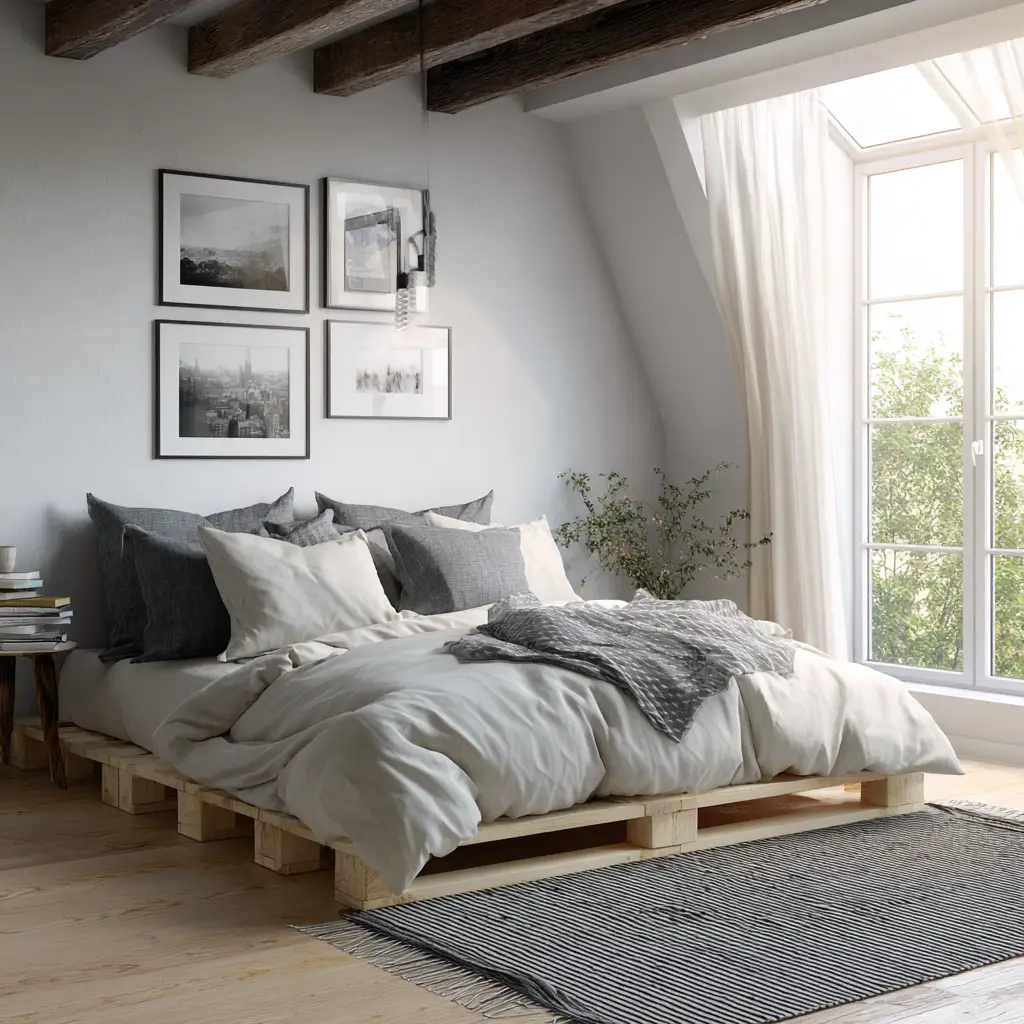
3. Utilize Vertical Storage
Walls are often underused in bedrooms. Make use of that vertical real estate by adding tall shelving units, wall-mounted bookshelves, or pegboards to store everyday essentials. Even a simple wall hook or over-the-door rack can give you extra room for bags, hats, or jackets. Think of your walls as an extension of your floor space—perfect for keeping things organized without cluttering up your walking area.
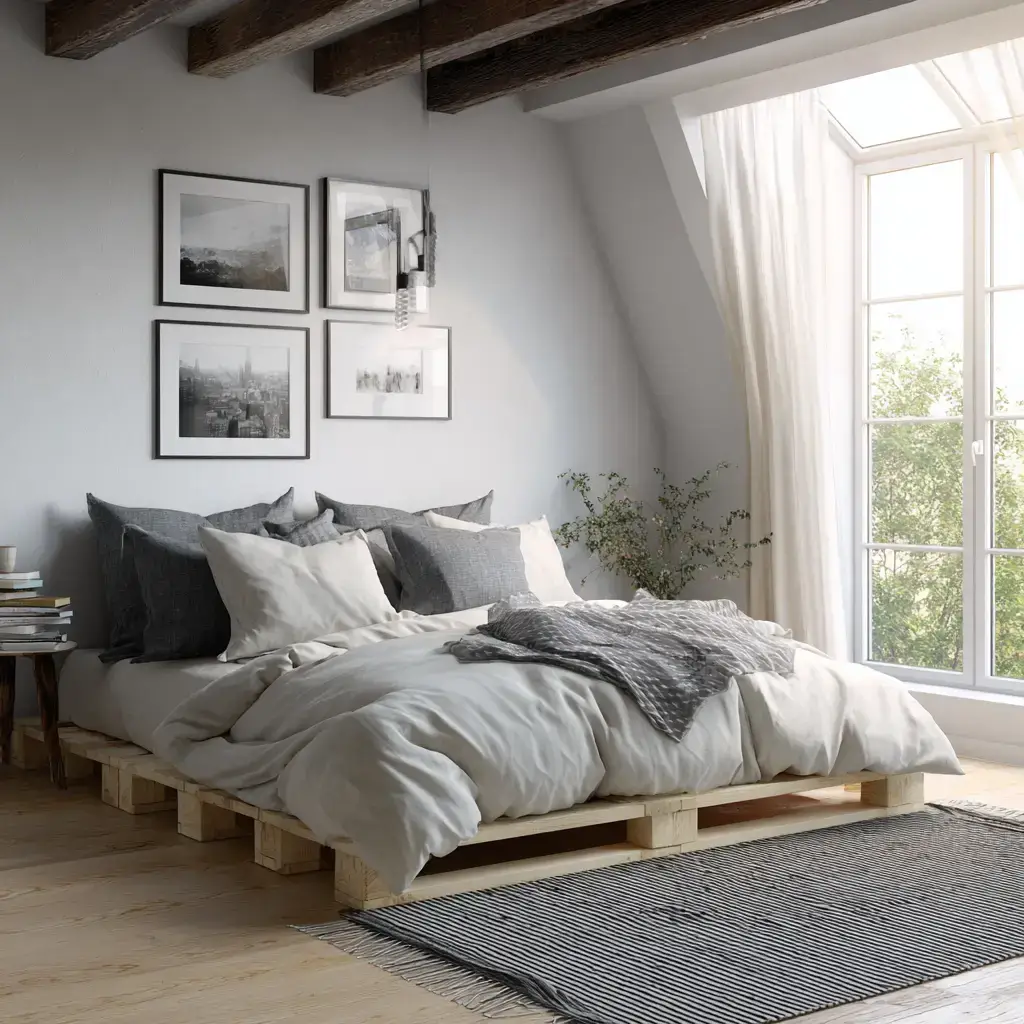
4. Go for Multi-Functional Furniture
In a small room, each piece of furniture needs to earn its keep. Choose a nightstand with drawers, a storage ottoman that doubles as seating, or a bed with built-in shelves. Furniture that serves more than one purpose reduces the number of items you need in your room, which naturally creates more space. Consider a desk that doubles as a vanity or a wall-mounted table that folds down when not in use.
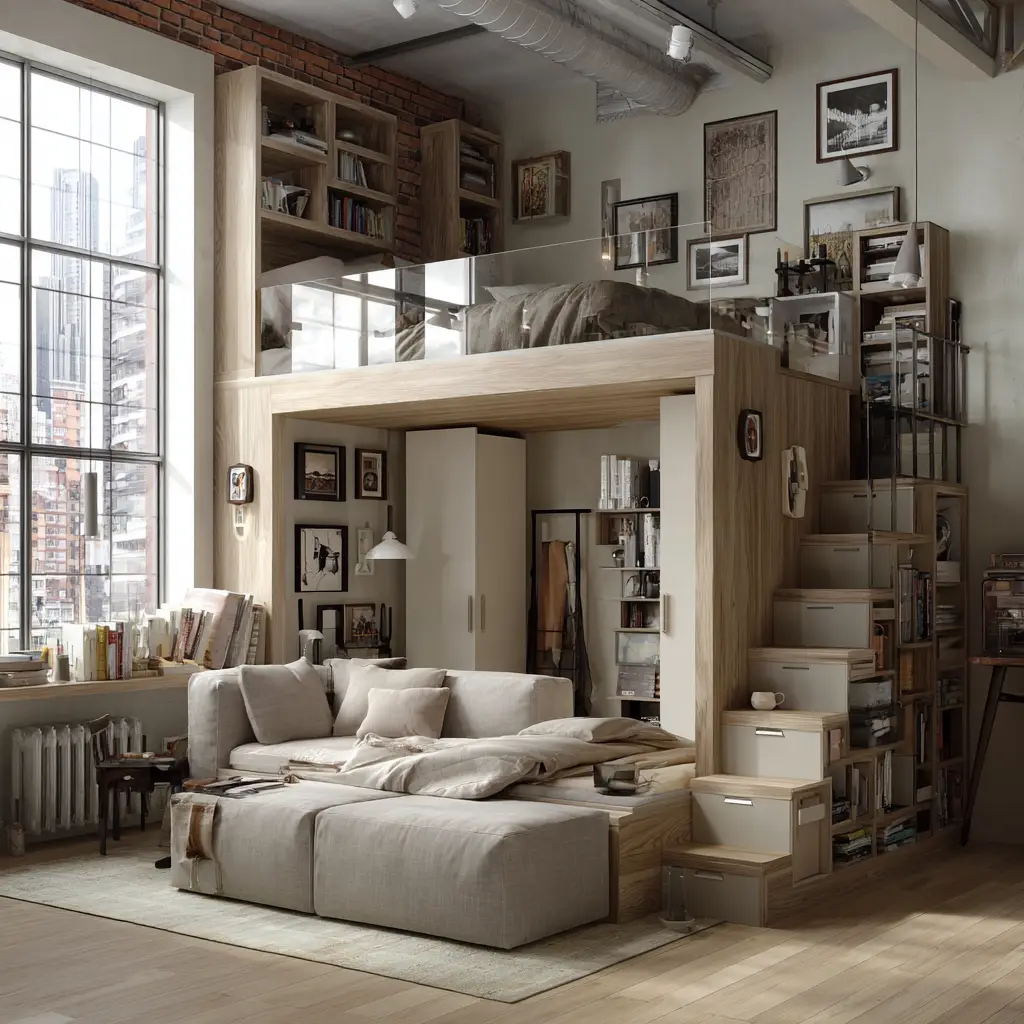
5. Go for Multi-Functional Furniture
Clutter is one of the biggest enemies of small spaces. When surfaces are clean and your room is free of unnecessary items, the entire space feels more open and breathable. Make a habit of decluttering regularly—donate clothes you no longer wear, throw away expired beauty products, and keep only what you need. Using baskets, trays, or drawer organizers can also help keep everyday items tidy and within reach.
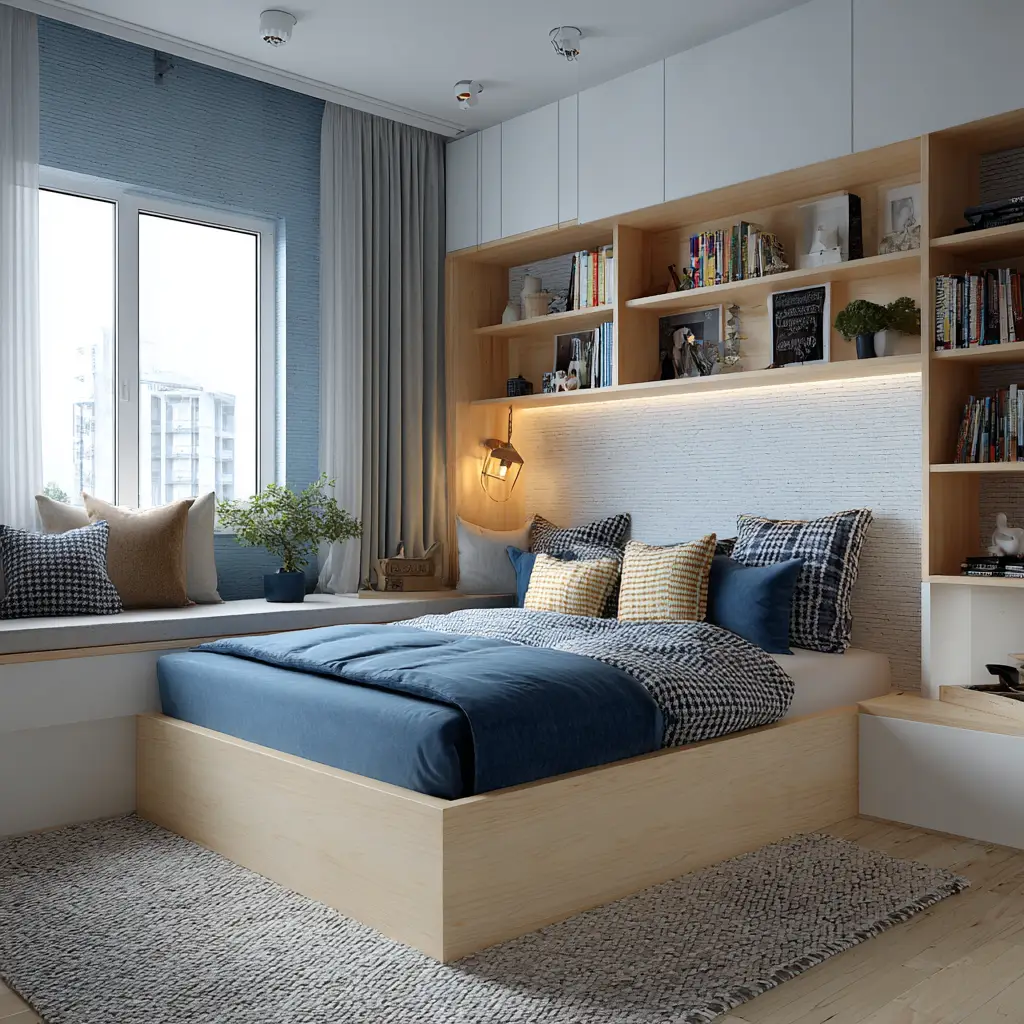
6. Choose Wall-Mounted Lighting
Traditional table lamps can eat up valuable surface space on nightstands or dressers. Wall-mounted lighting, like sconces or swing-arm lamps, frees up room and creates a streamlined look. These fixtures also add a design element to your wall while providing targeted lighting for reading or relaxing in bed. Plug-in options make installation easy if you’re renting or not ready to hardwire.
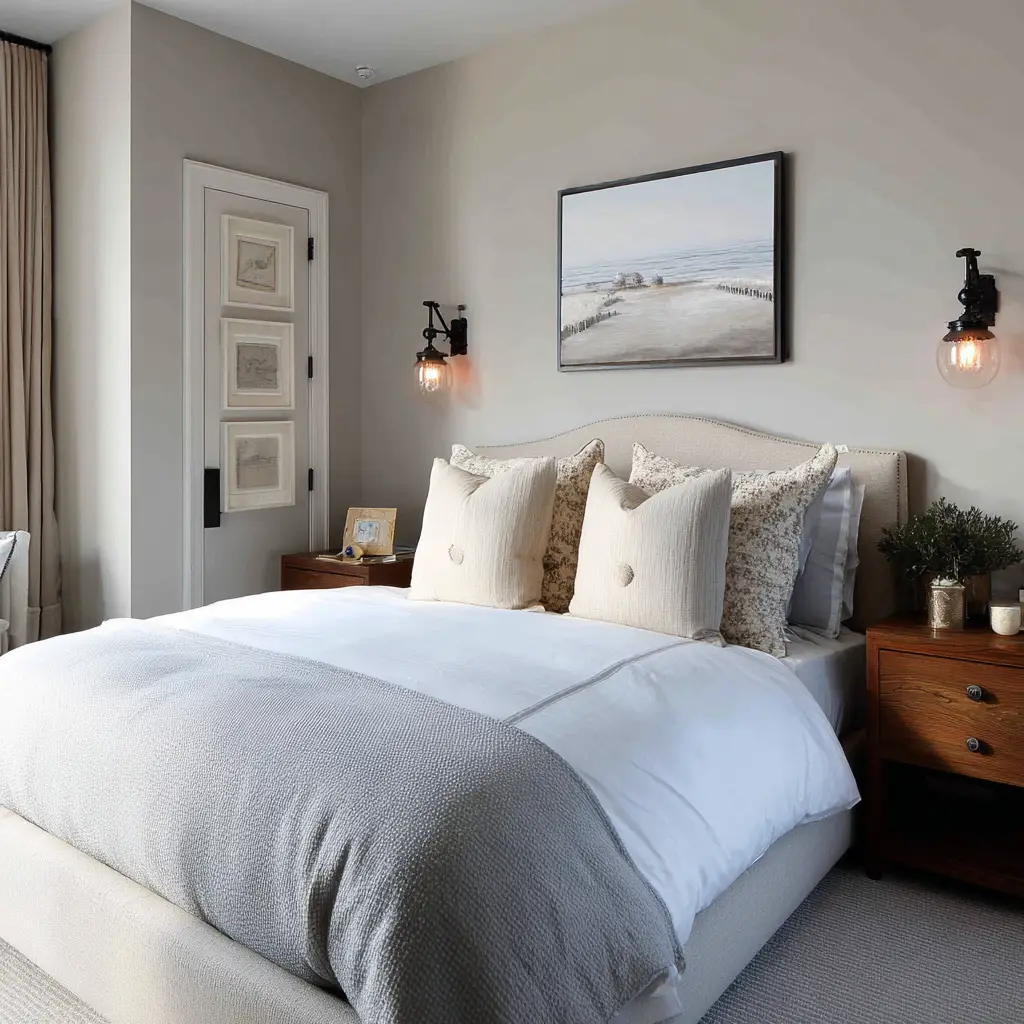
7. Use Mirrors Strategically
Mirrors are a classic design trick for small rooms—and for good reason. They reflect light and create the illusion of depth, making your room feel twice its actual size. Consider hanging a large mirror on the wall opposite your window to bounce natural light throughout the space. Mirrored furniture or closet doors can also add a similar effect while serving a practical function.
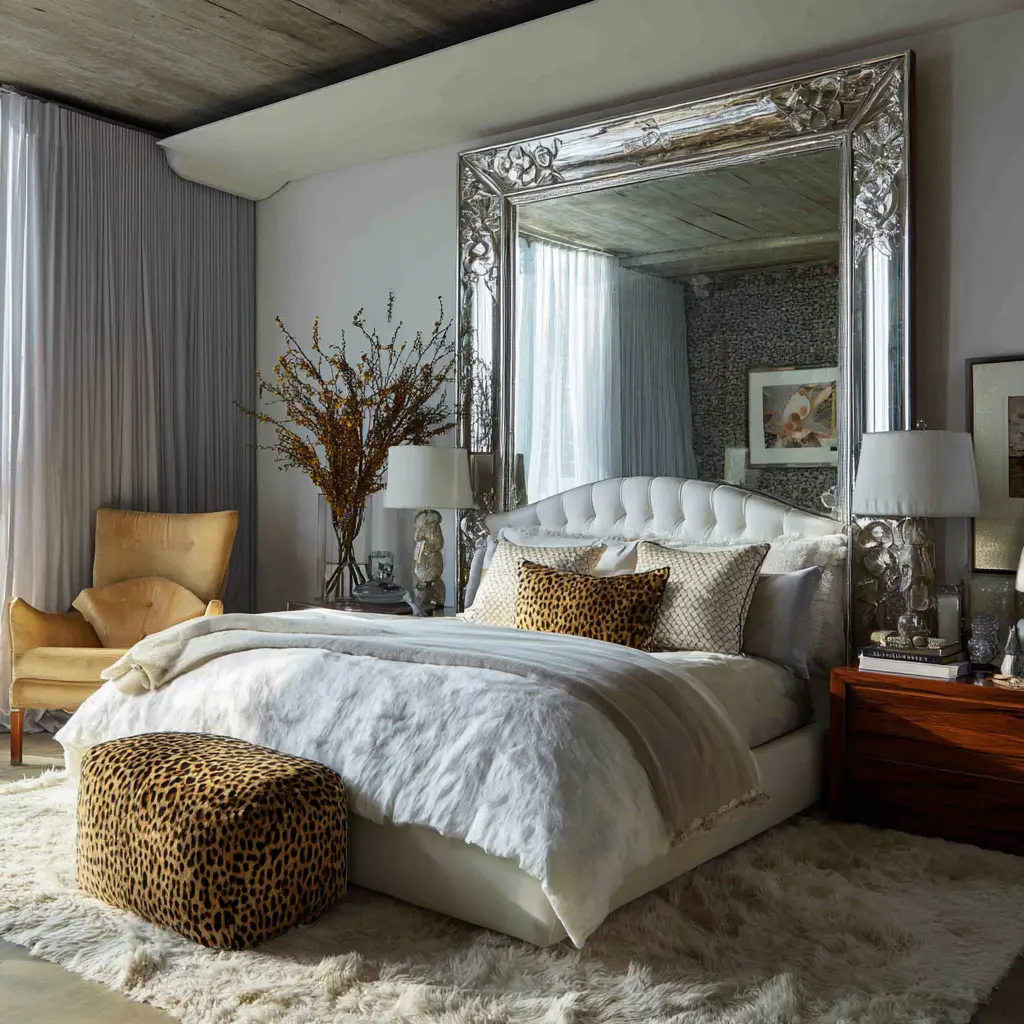
8. Install a Fold-Down Desk or Table
If you work or study in your bedroom, finding space for a desk can be tricky. Wall-mounted drop-leaf desks are a fantastic solution. These clever pieces fold down when needed and tuck away when not in use. Pair it with a folding chair or stool that can be stored under the bed. It’s a smart way to maintain productivity without sacrificing your room’s flow.
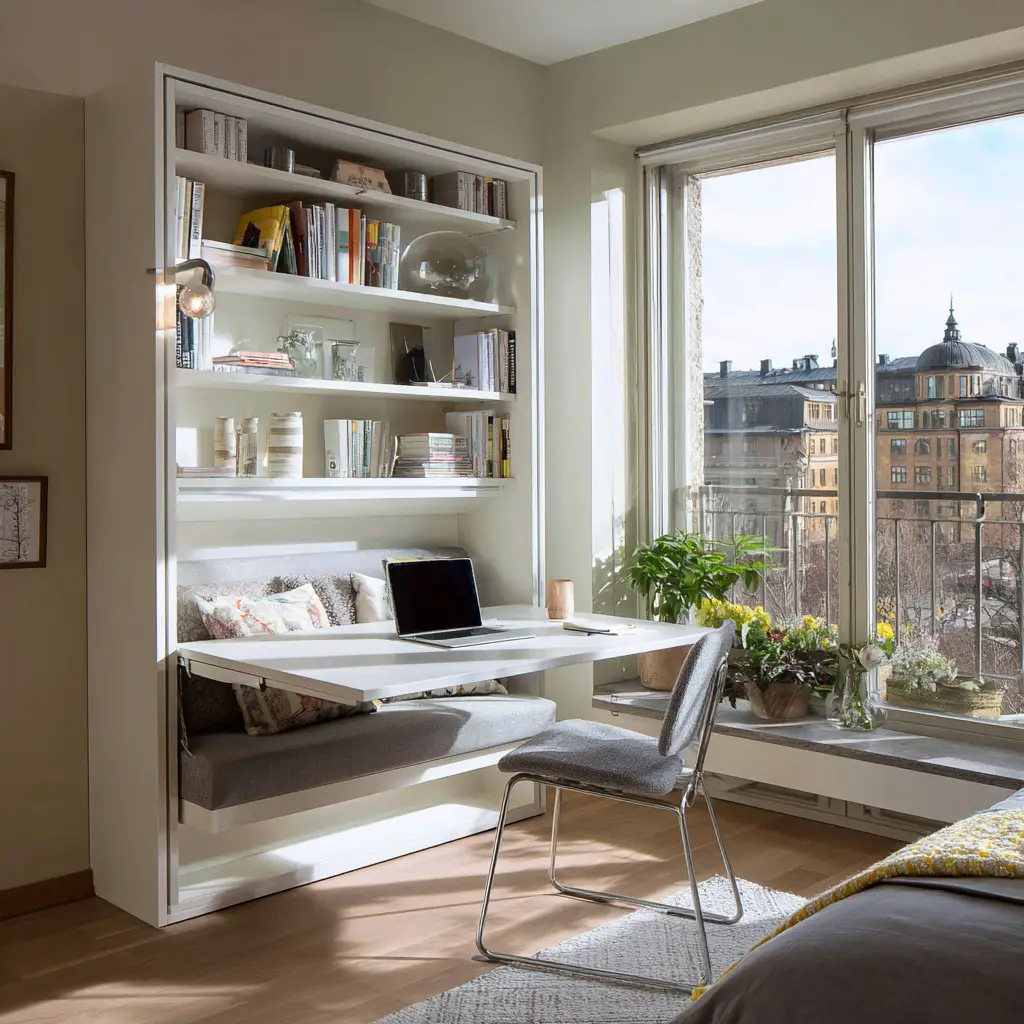
9. Embrace Under-Bed Storage
The space beneath your bed is a storage goldmine. Store shoes, seasonal clothing, books, or linens in bins or vacuum-sealed bags to free up closet space. Opt for clear containers or labeled boxes so you can easily find what you need. Beds with built-in drawers are even more convenient, especially in tight quarters where closet space is limited.
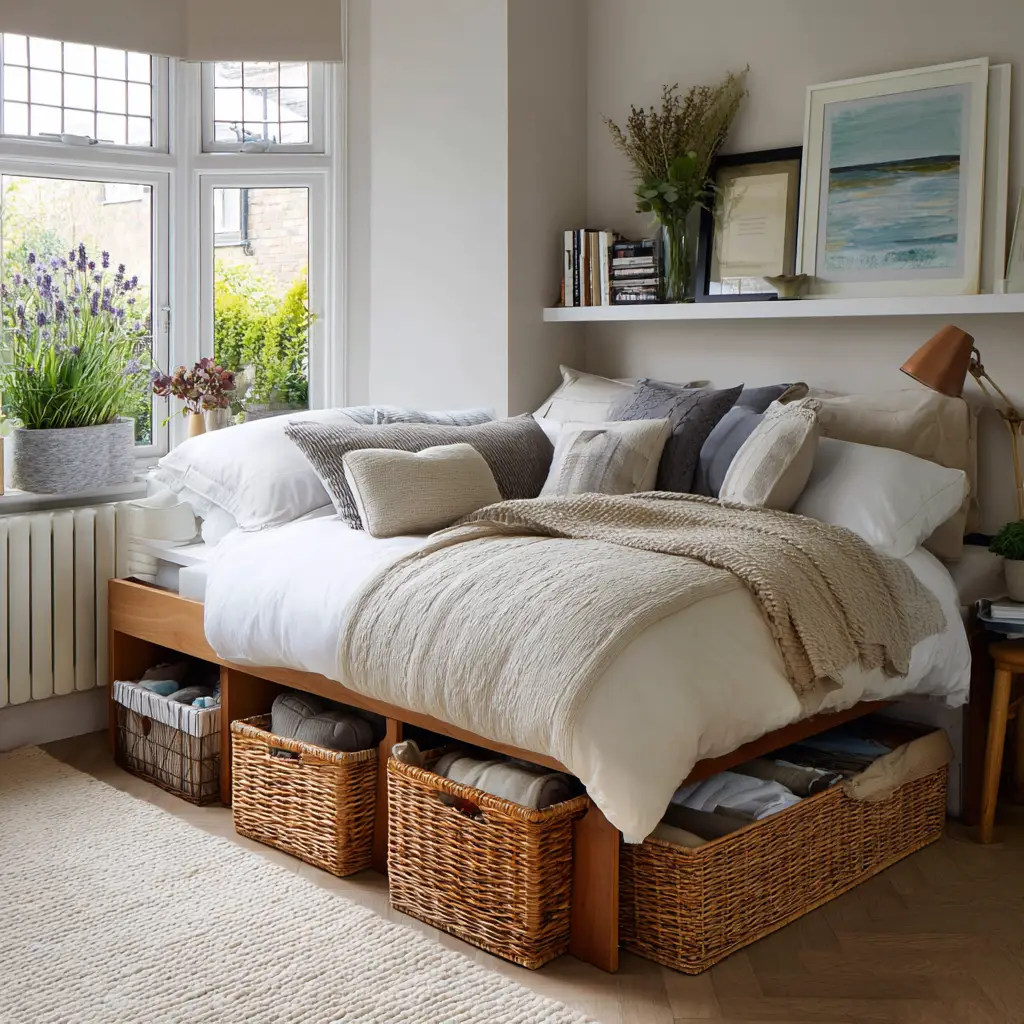
10. Hang Curtains Higher
Hanging your curtains several inches above the window frame draws the eye upward and gives the illusion of taller ceilings. This small adjustment can dramatically improve the room’s sense of height and spaciousness. Floor-length curtains in a light, flowing fabric can soften the room and add elegance without making it feel crowded.
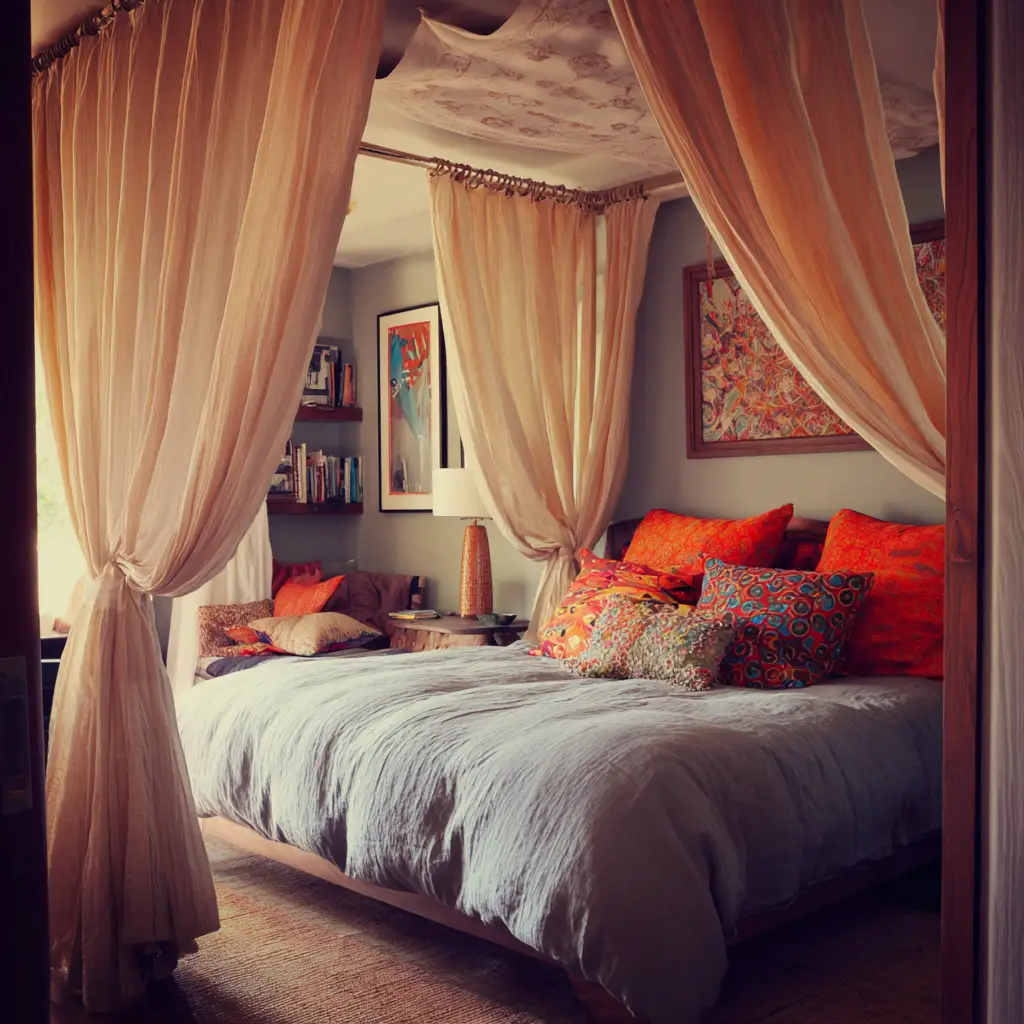
11. Stick to a Minimal Color Palette
Using too many contrasting colors in a small room can create visual chaos. Instead, stick to a simple palette—think whites, grays, and one or two accent colors. A limited color scheme ties the room together and helps create a cohesive, calming environment. You can still add personality through texture, patterns, or artwork within the chosen palette.
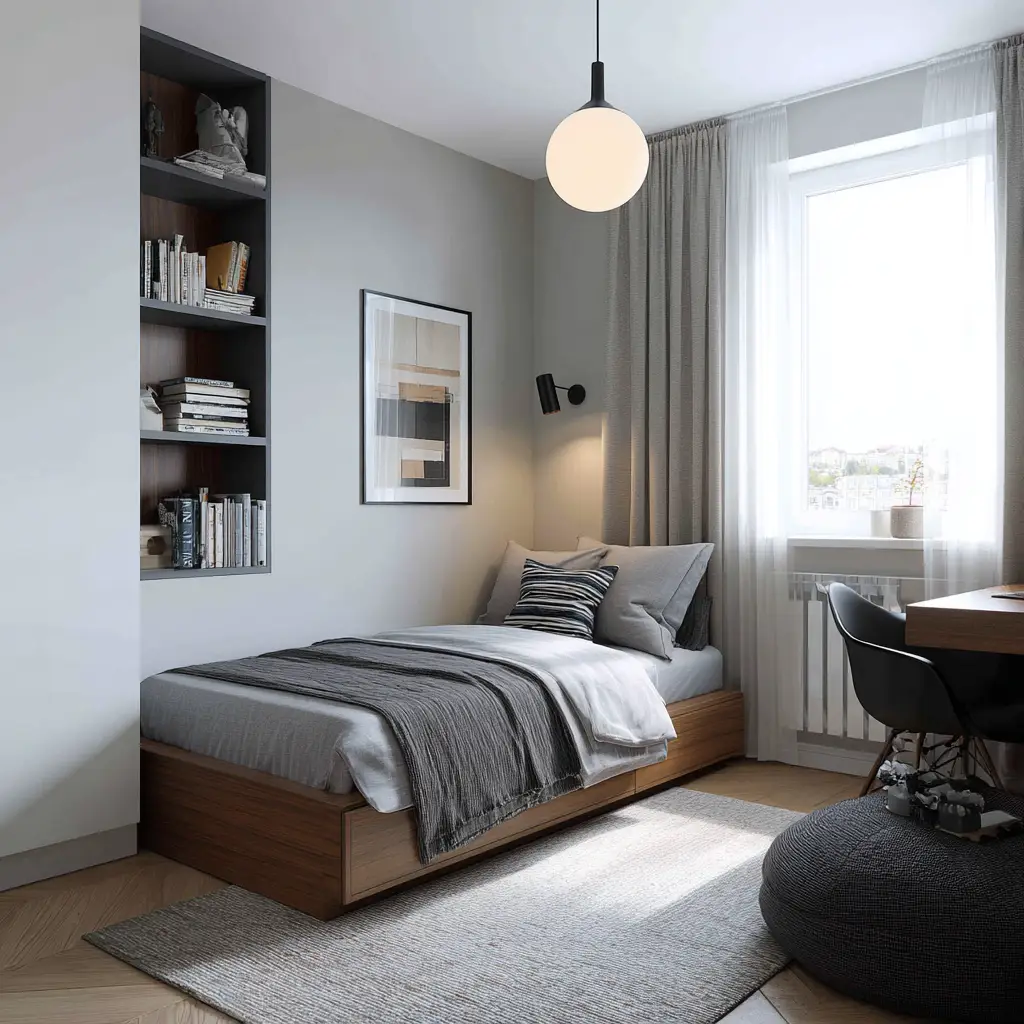
12. Invest in a Storage Headboard
A headboard with built-in storage compartments or shelves can eliminate the need for nightstands altogether. You can store books, glasses, chargers, or even a small plant for a touch of greenery. It’s a smart way to make your bed both comfortable and practical, especially in a room where every inch counts.
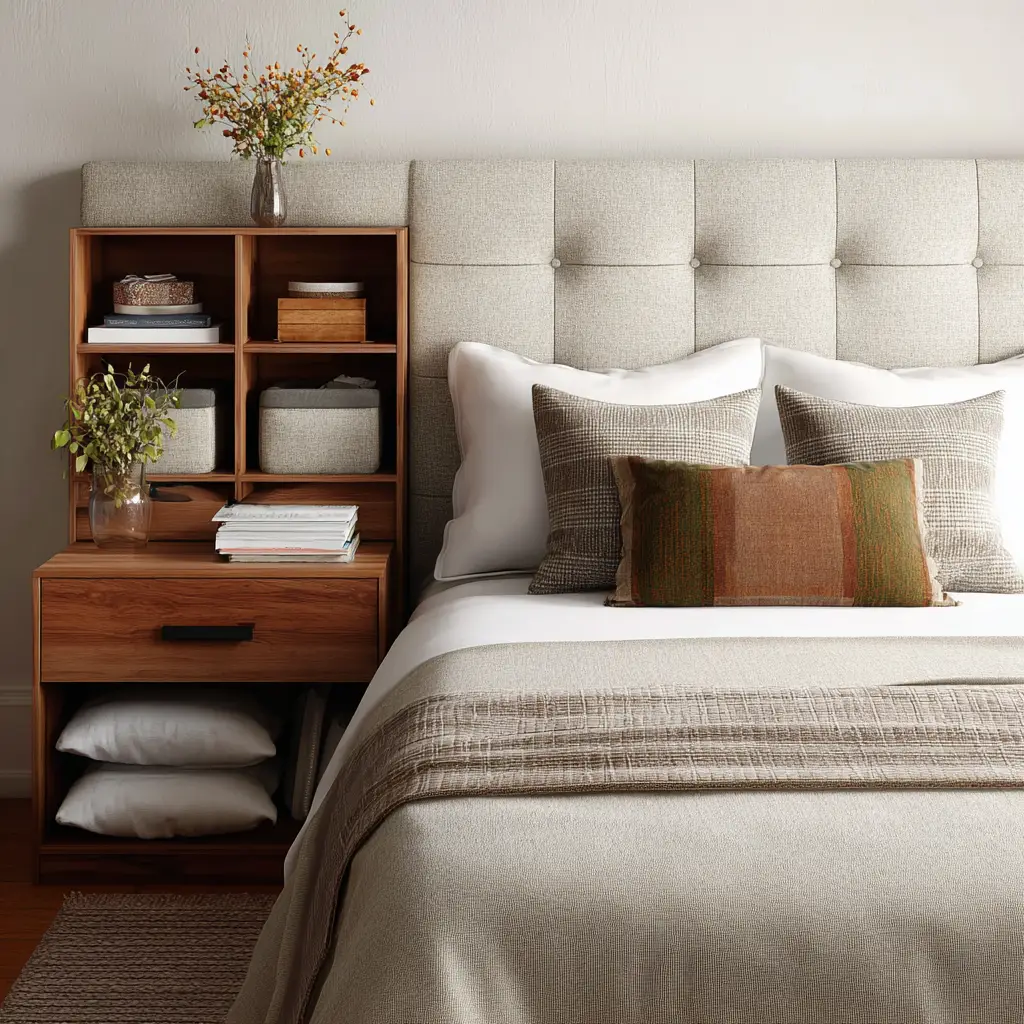
13. Keep the Floor Visible
Furniture that sits directly on the floor can make your room feel more boxed in. Choosing pieces with exposed legs—like mid-century modern chairs or beds—creates visual space and makes the floor feel larger. The more flooring you can see, the more expansive the room will feel.
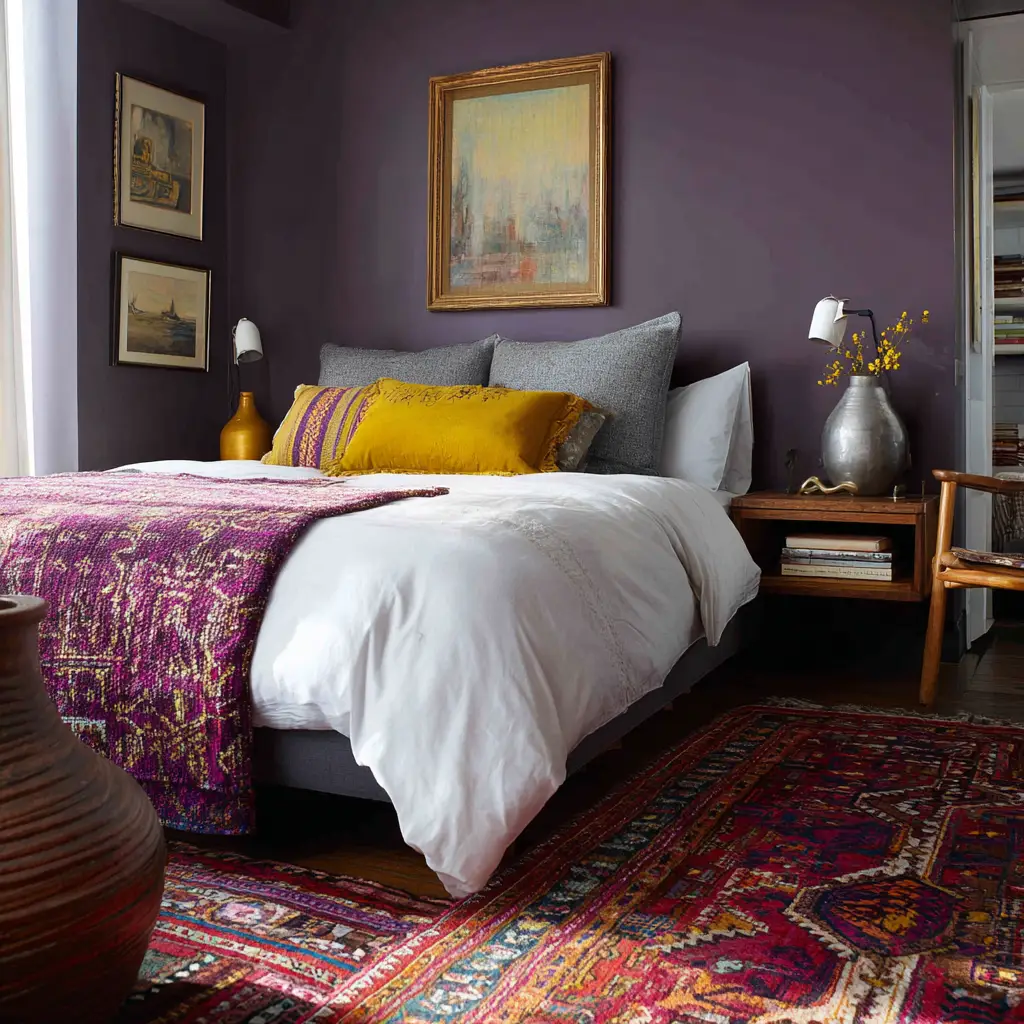
14. Choose Sliding Doors
Standard swinging doors take up a surprising amount of space. Replacing them with sliding or pocket doors can open up the area around your closet or even your entrance. Barn-style doors or minimalist tracks can also become a statement piece without sacrificing functionality.
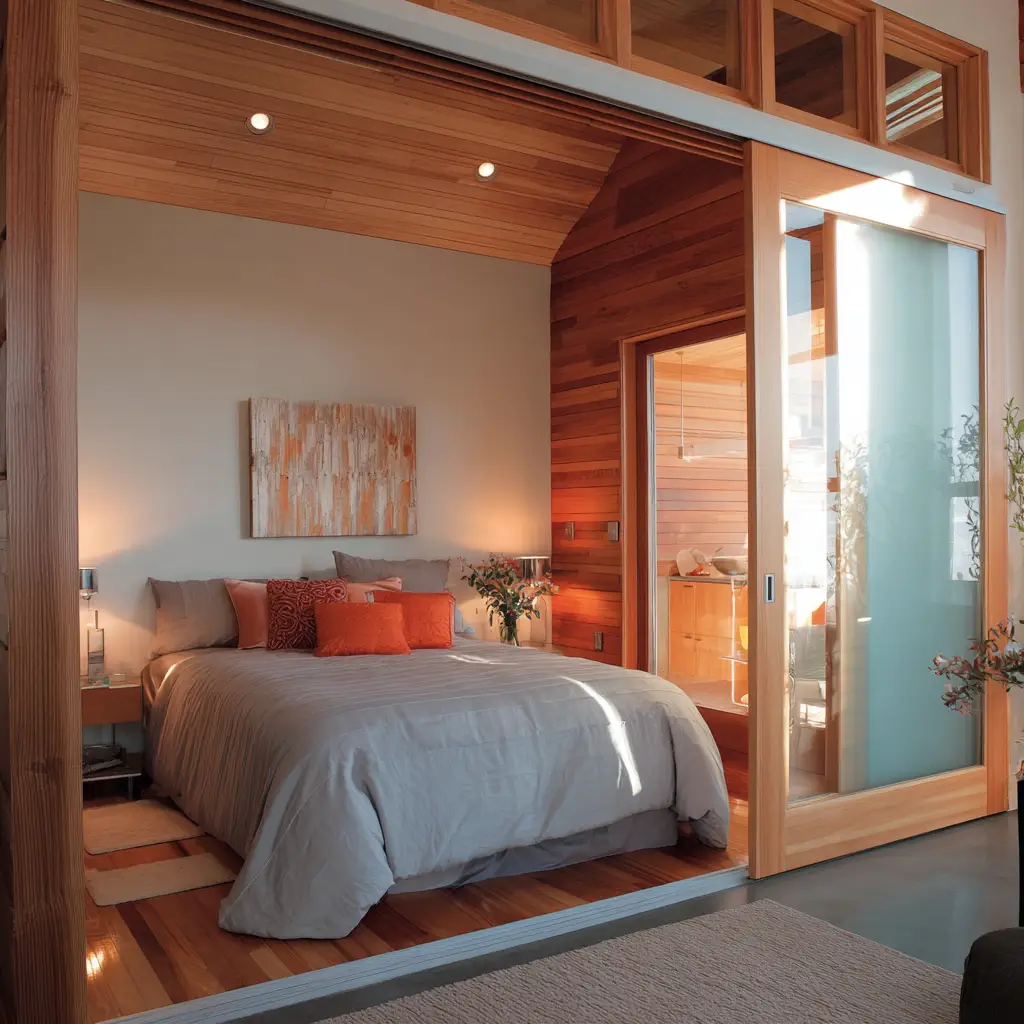
15. Use Corner Space Wisely
Corners often go unused, but they’re full of potential. Try a corner shelf, a compact corner desk, or even a hanging chair to fill dead space with purpose. These additions add both form and function to areas that might otherwise go untouched.
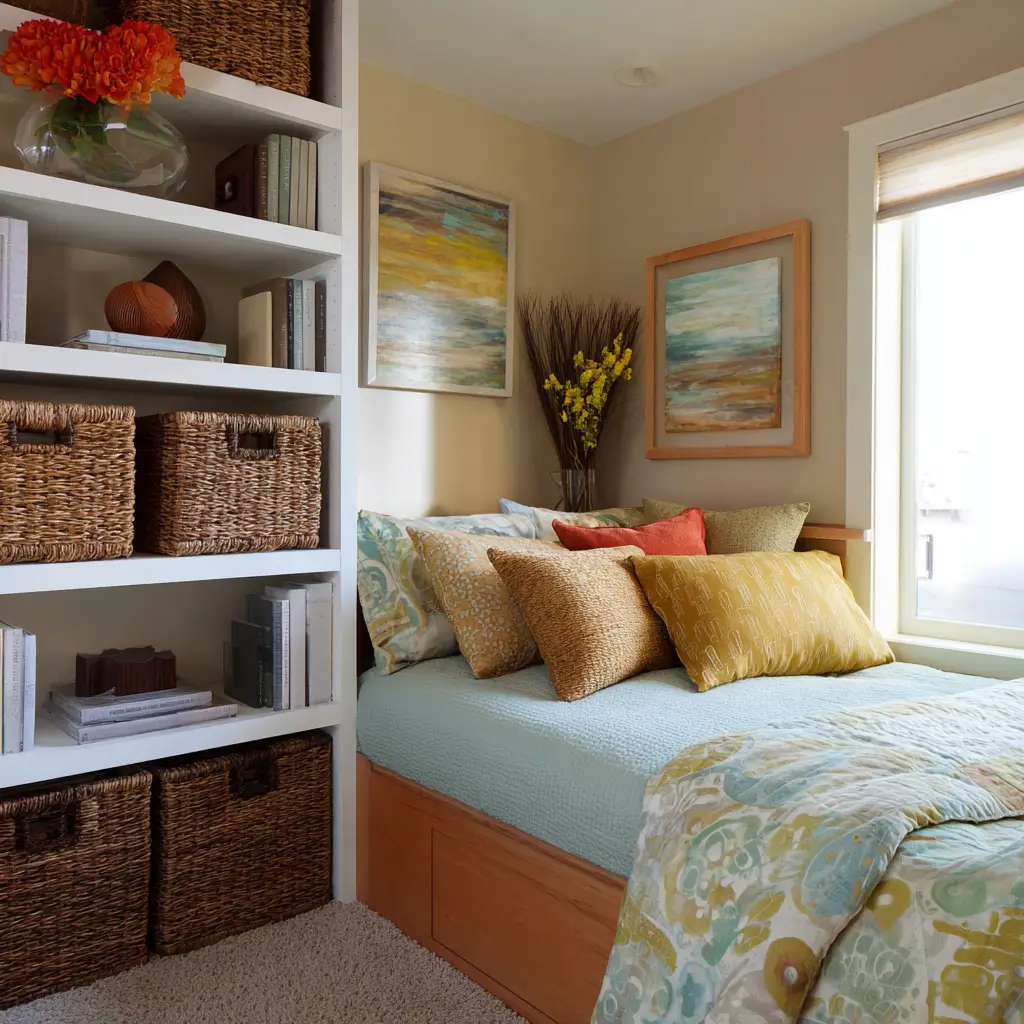
16. Stick to Smaller-Scale Furniture
Oversized furniture can quickly overwhelm a small room. Choose pieces that are designed with compact spaces in mind—such as apartment-sized dressers, narrow nightstands, or loveseat-style seating. These options maintain comfort and practicality without crowding your room.
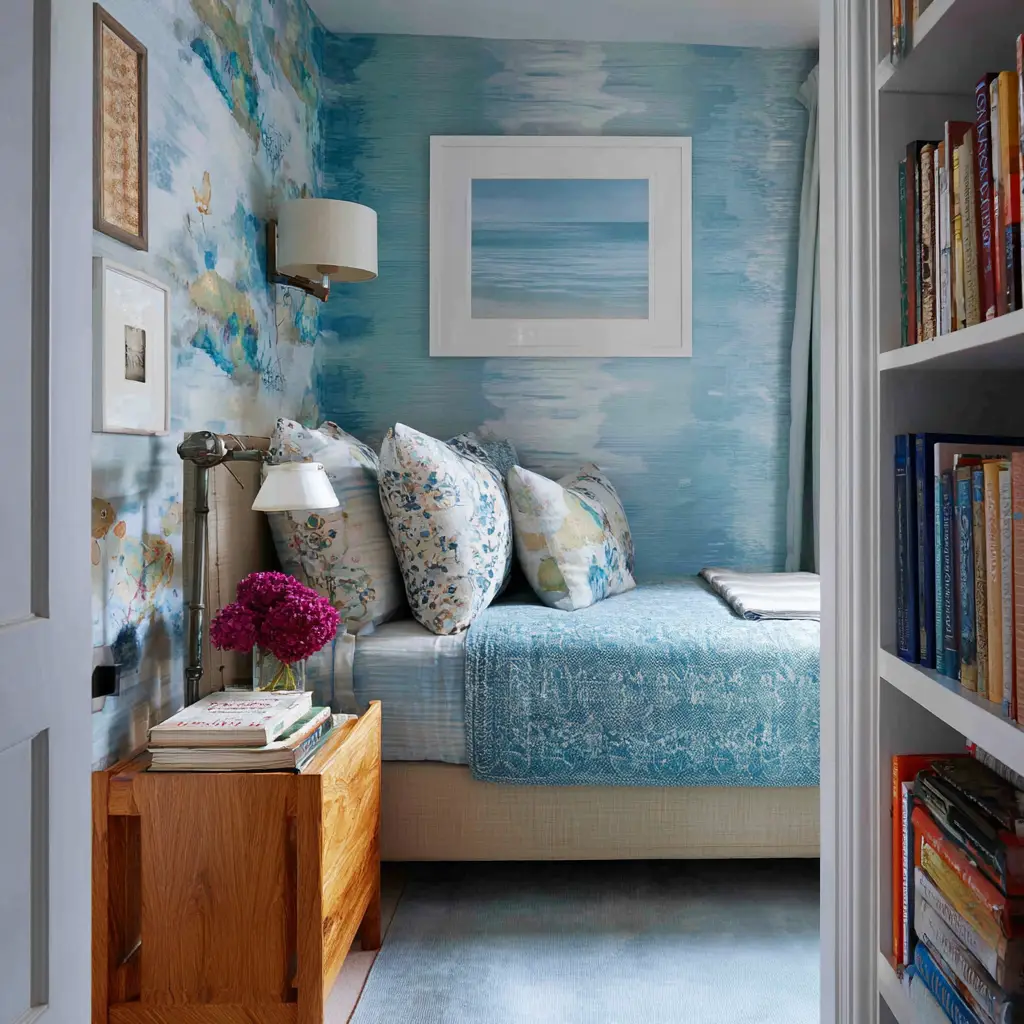
17. Layer with Light Textures
Layering is key to adding depth and personality without visual weight. Use light fabrics like linen, cotton, or gauze for bedding, curtains, and throws. A cozy knit blanket or a soft area rug can add comfort while keeping the room visually open and fresh.
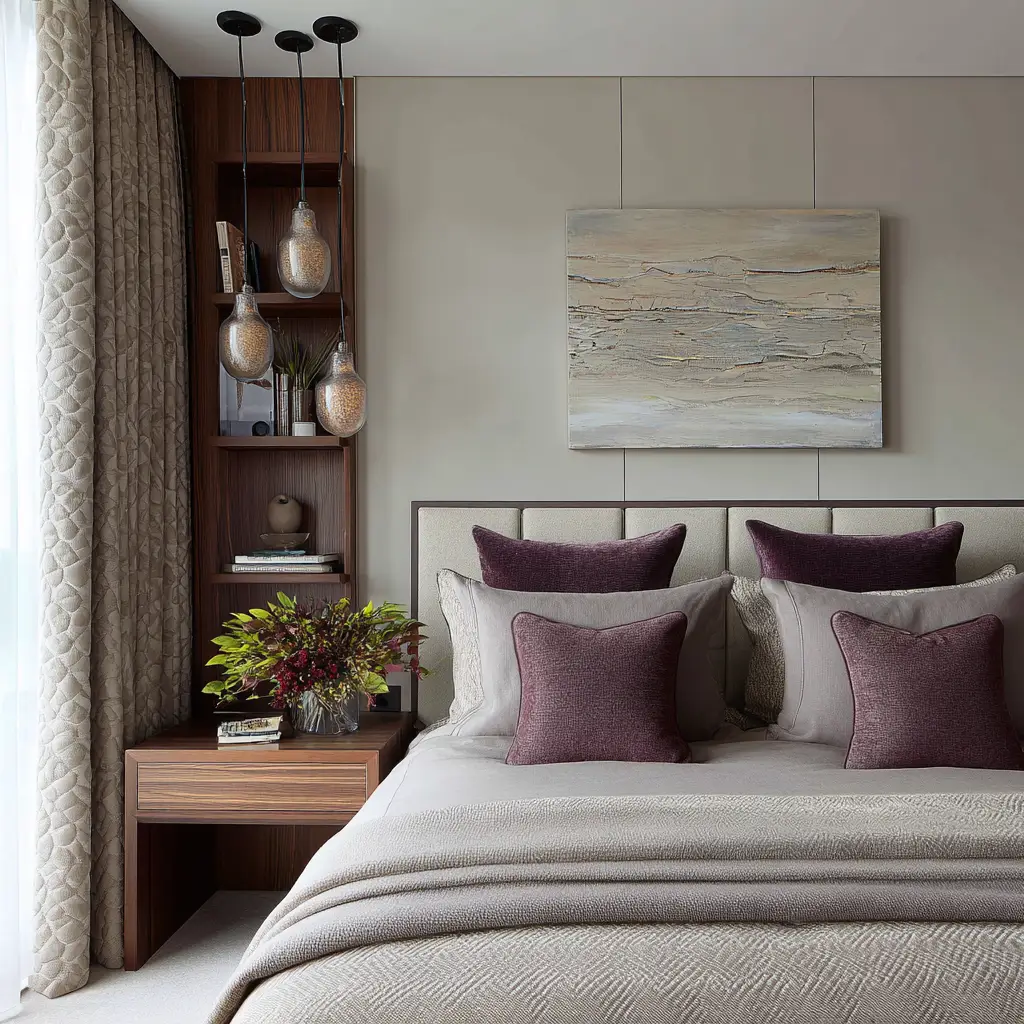
18. Mount Your TV on the Wall
If a television is part of your bedroom setup, mounting it to the wall is a smart space-saving move. It eliminates the need for bulky media furniture and keeps things streamlined. Consider a swivel mount if you need to adjust viewing angles from bed or a reading nook.
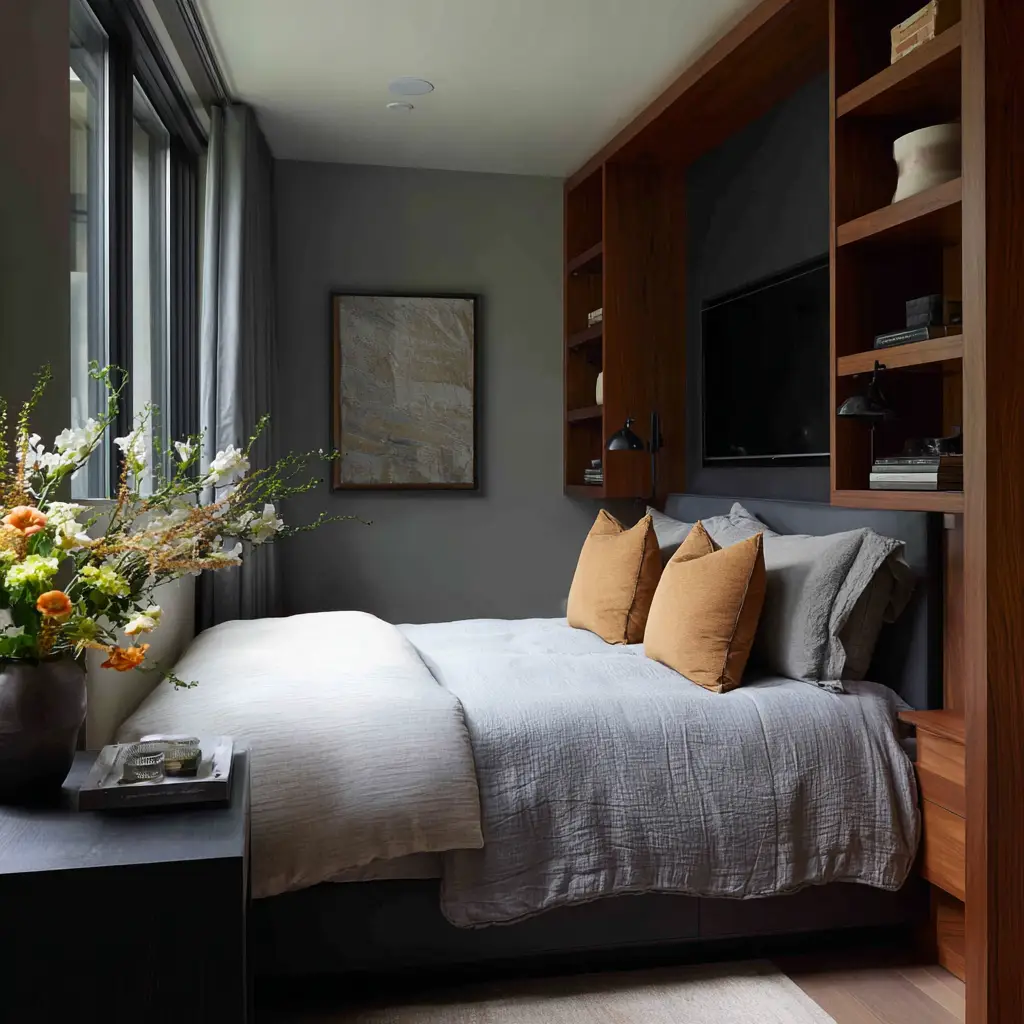
19. Opt for Open Wardrobes
If closet space is lacking, open garment racks or wardrobes can be both functional and stylish. Keep them tidy by color-coding clothes or using matching hangers. You can even place decorative boxes or baskets on the bottom shelf to store accessories and shoes.
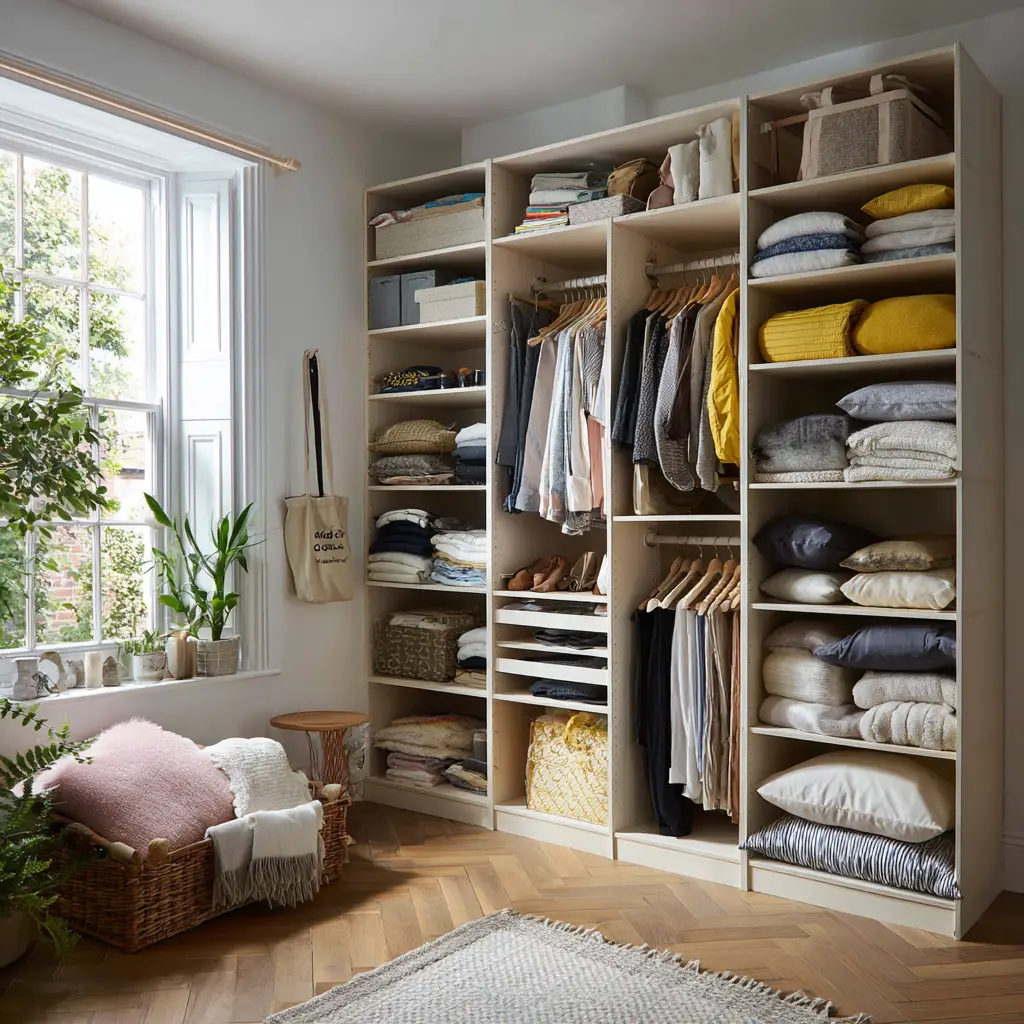
20. Think Symmetrical Layouts
Symmetry creates a sense of order, which is especially helpful in small rooms. Even if you can’t fit two nightstands, try balancing your layout with matching lamps, artwork, or pillow arrangements. A symmetrical design helps make a space feel more intentional and less cluttered.
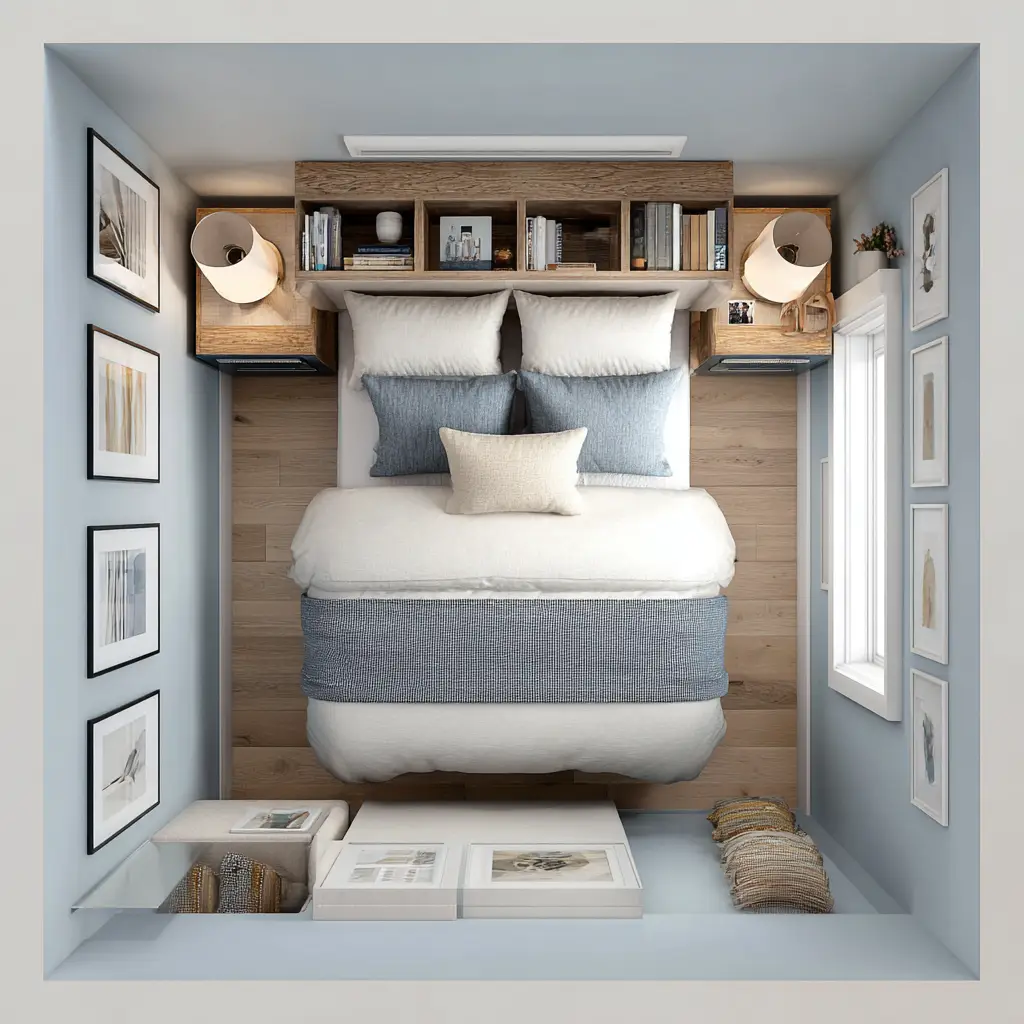
21. Use Rugs to Define Zones
Rugs help anchor furniture and visually divide a space. In a small bedroom, a rug under the bed or by a reading chair can help define “zones,” making the room feel more like a suite than a single box. Choose a rug that complements your color palette and extends at least a few inches around your furniture.
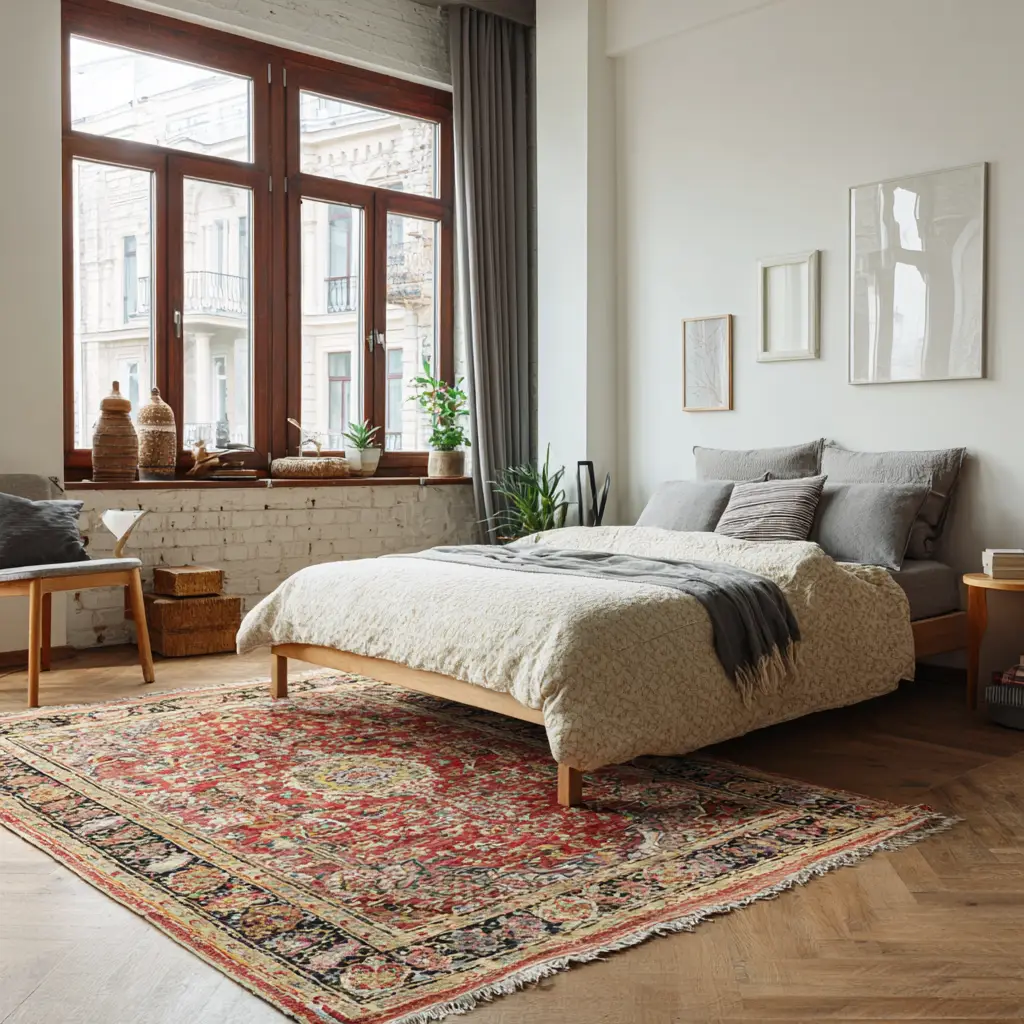
FAQs About Small Bedroom Design
How can I make my small bedroom look bigger?
Focus on light colors, minimal clutter, and mirrors to reflect light and open up the space. Use low-profile furniture and take advantage of vertical storage to maximize the room’s layout.
What kind of bed is best for a small bedroom?
Platform beds, storage beds, or Murphy beds are great options. They provide functionality without being bulky and often come with built-in storage to reduce the need for additional furniture.
Can I use dark colors in a small bedroom?
Yes, but use them thoughtfully. A dark accent wall can add depth and contrast, but it’s best to balance it with lighter tones elsewhere in the room to prevent it from feeling enclosed.
How do I make space for a home office in a small bedroom?
A wall-mounted desk, floating shelf, or even a fold-down table can serve as a small workspace. Pair it with a compact chair and use nearby vertical storage for supplies.
Are mirrors really effective in small rooms?
Definitely. Mirrors help bounce light around the room and create the illusion of more space. They also add elegance and can serve as a functional design element.
Conclusion
Small bedrooms can absolutely be stylish, functional, and comfortable—you just need to get a little creative. By embracing multi-purpose furniture, minimizing clutter, and making smart design choices, you can turn even the smallest room into a personal retreat that fits your lifestyle. The goal isn’t to fill every inch but to make the
